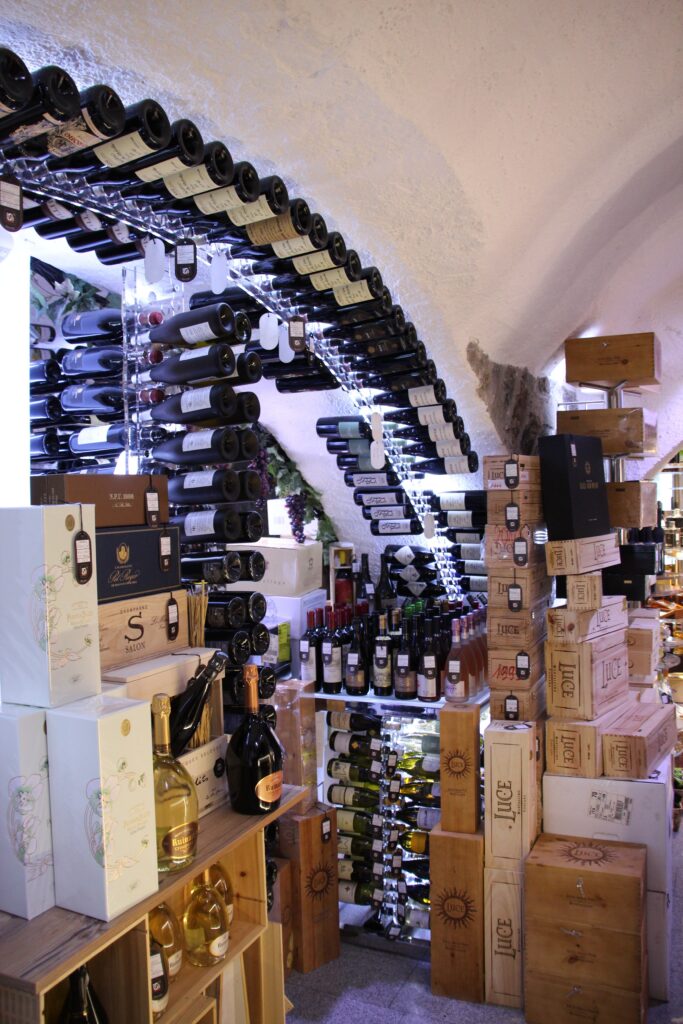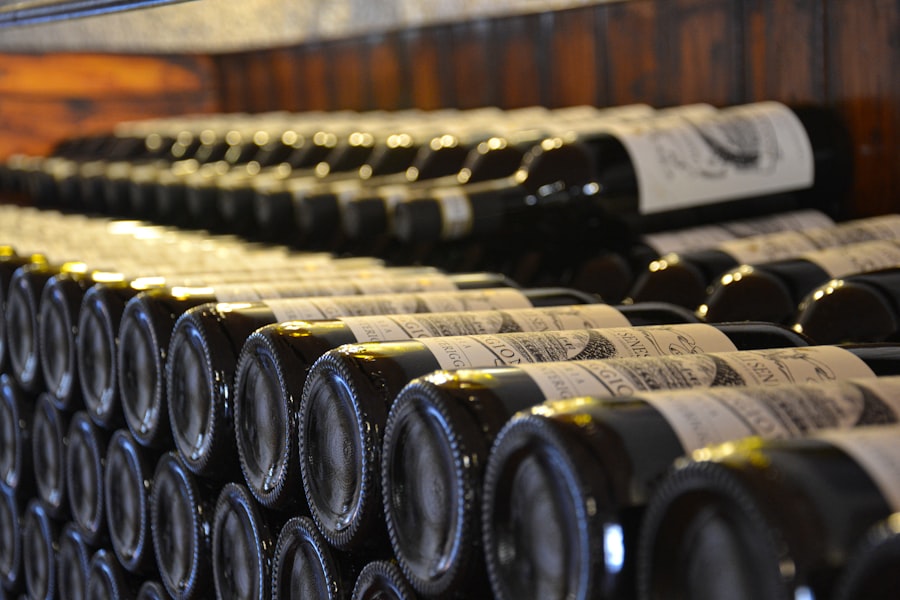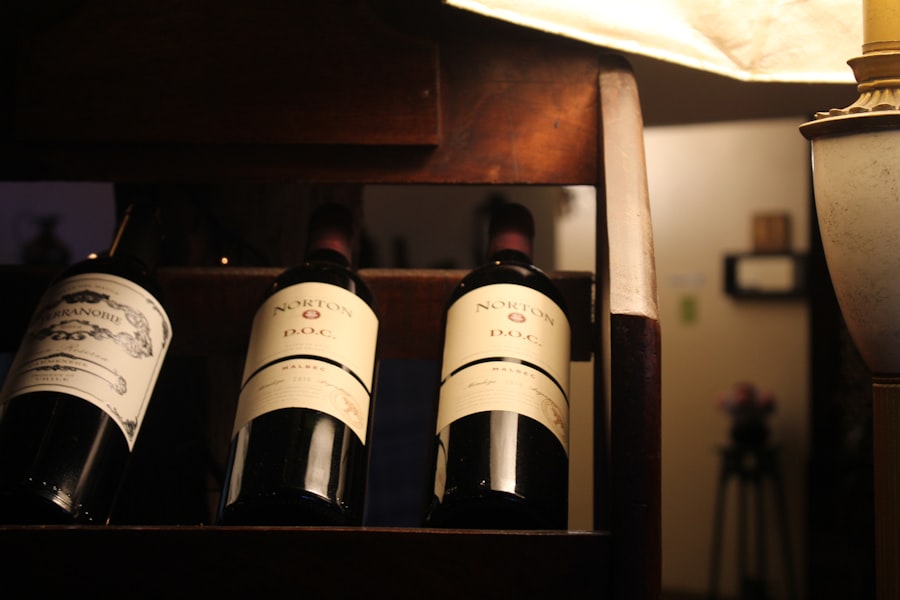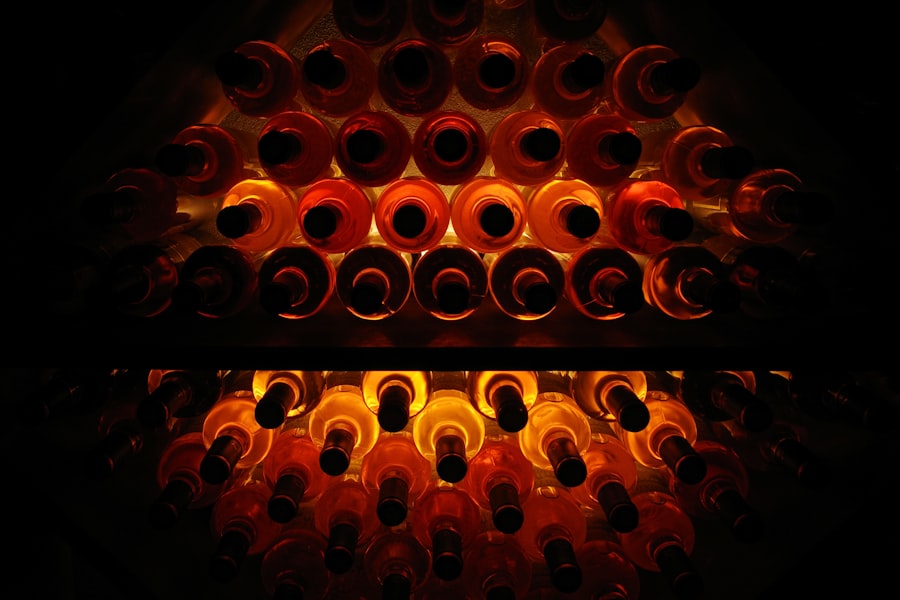Integrating charcuterie boards into tasting area cabinetry
Charcuterie boards have evolved from simple meat platters to elaborate displays that celebrate a variety of flavors, textures, and colors. At their core, these boards are designed to offer a delightful assortment of cured meats, cheeses, fruits, nuts, and accompaniments like olives and spreads. The art of assembling a charcuterie board lies in the balance of flavors and the visual appeal of the arrangement.
Each component plays a role in creating a sensory experience that invites guests to explore and enjoy. The concept has gained immense popularity in recent years, becoming a staple at gatherings, parties, and even intimate dinners. The versatility of charcuterie boards allows for endless creativity.
They can be tailored to suit any occasion, dietary preference, or seasonal theme. For instance, a summer charcuterie board might feature fresh fruits and light cheeses, while a winter version could include hearty meats and warm dips. This adaptability not only makes charcuterie boards appealing but also encourages hosts to experiment with different ingredients and presentations.
As such, understanding the nuances of charcuterie boards is essential for anyone looking to elevate their entertaining game.


Key Takeaways
- Charcuterie boards are a popular way to serve a variety of meats, cheeses, fruits, and nuts in a visually appealing manner.
- When designing cabinetry for charcuterie board integration, consider the size and shape of the boards, as well as the storage of utensils and serving tools.
- Incorporate storage solutions such as drawers, shelves, and hooks for easy access to charcuterie board components like knives, cheese slicers, and small bowls.
- Select materials for cabinetry that complement charcuterie boards, such as natural wood, marble, or granite, to create a cohesive and elegant look.
- Maximize space for presentation and serving of charcuterie boards by including pull-out trays, cutting boards, and designated serving areas within the cabinetry.
Designing cabinetry for charcuterie board integration
When it comes to integrating charcuterie boards into your home, thoughtful cabinetry design is crucial. The cabinetry should not only serve as functional storage but also enhance the overall aesthetic of the space. A well-designed cabinet can provide easy access to all the necessary components for creating a stunning charcuterie board while ensuring that everything is neatly organized.
Consider incorporating pull-out shelves or drawers specifically designed for storing cutting boards, serving utensils, and other essentials. This approach allows for a seamless transition from storage to presentation. Moreover, the cabinetry should reflect the style of your home while accommodating the unique needs of charcuterie board preparation.
For instance, if your kitchen has a rustic charm, wooden cabinetry with natural finishes can complement the organic feel of a charcuterie board. On the other hand, sleek, modern cabinetry with clean lines may better suit a contemporary space. The key is to create a harmonious blend between functionality and design, ensuring that the cabinetry enhances the experience of assembling and serving charcuterie boards.
Incorporating storage solutions for charcuterie board components
Effective storage solutions are essential for keeping all the components of a charcuterie board organized and easily accessible. A well-thought-out storage system can streamline the process of assembling a board, allowing hosts to focus on creativity rather than searching for ingredients. Consider incorporating dedicated compartments within your cabinetry for different categories of items—such as cheeses, meats, fruits, and accompaniments.
This not only keeps everything in its place but also makes it easier to visualize what you have on hand. In addition to compartmentalized storage, consider using clear containers or labeled bins for smaller items like nuts or crackers. This approach not only enhances organization but also adds an element of visual appeal when guests open the cabinet to see an array of colorful ingredients.
Furthermore, incorporating vertical storage solutions can maximize space while keeping items easily accessible. For example, wall-mounted racks or shelves can hold jars of spreads or small bowls for dips, ensuring that everything needed for a charcuterie board is within arm’s reach.

Selecting materials for cabinetry that complement charcuterie boards
The materials used in cabinetry play a significant role in both functionality and aesthetics when it comes to charcuterie board preparation. Choosing materials that are durable and easy to clean is essential, especially since food will be involved. Wood is a popular choice due to its warmth and natural beauty; however, it’s important to select high-quality wood that can withstand wear and tear over time.
Additionally, consider finishes that are food-safe and resistant to stains or odors. Another option is to incorporate materials like stainless steel or glass into your cabinetry design. Stainless steel offers a modern touch while being easy to maintain and hygienic—ideal for food preparation areas.
Glass-front cabinets can showcase beautiful serving ware or ingredients while adding an element of elegance to the space. Ultimately, selecting materials that not only complement the aesthetic of your home but also serve practical purposes will enhance the overall experience of creating and enjoying charcuterie boards.
Maximizing space for presentation and serving of charcuterie boards
Maximizing space for the presentation and serving of charcuterie boards is essential for creating an inviting atmosphere during gatherings. A dedicated serving area within your cabinetry can make all the difference in how easily you can assemble and display your boards. Consider incorporating a countertop extension or a pull-out surface that provides ample space for arranging ingredients without feeling cramped.
This additional workspace allows for creativity in presentation while ensuring that everything is within reach. In addition to maximizing surface area, think about how you can utilize vertical space effectively. Wall-mounted shelves or pegboards can hold decorative platters or serving utensils, keeping them accessible while adding visual interest to the area.
Furthermore, consider incorporating a small cart or trolley that can be wheeled out when entertaining guests. This mobile solution allows you to bring your charcuterie board directly to your guests while keeping everything organized and easily transportable.
Incorporating lighting for showcasing charcuterie boards
Lighting plays a crucial role in enhancing the presentation of charcuterie boards. Proper illumination can highlight the vibrant colors and textures of the ingredients, making them more appealing to guests. Consider installing under-cabinet lighting or accent lights within your cabinetry to create a warm glow that draws attention to your charcuterie display.
Soft, ambient lighting can set the mood for an intimate gathering while ensuring that guests can clearly see and appreciate the array of flavors before them. In addition to functional lighting, decorative fixtures can add an artistic touch to your charcuterie area. Pendant lights or chandeliers above the serving space can create a focal point that elevates the overall design of the room.
When selecting lighting options, consider dimmable features that allow you to adjust brightness based on the occasion—whether it’s a casual get-together or a formal dinner party.
Incorporating refrigeration or temperature control for perishable charcuterie board items
To ensure that perishable items on your charcuterie board remain fresh and safe for consumption, incorporating refrigeration or temperature control solutions is essential. A dedicated wine cooler or mini-fridge within your cabinetry can provide an ideal environment for storing cheeses, meats, and other perishables at optimal temperatures. This not only extends the shelf life of these ingredients but also allows you to have everything ready at hand when it’s time to assemble your board.
Additionally, consider integrating temperature-controlled drawers specifically designed for food storage within your cabinetry. These drawers can maintain different temperature zones suitable for various types of ingredients—keeping cheeses cool while allowing meats to be stored at slightly warmer temperatures. By prioritizing temperature control in your cabinetry design, you ensure that every component of your charcuterie board is at its best when it’s time to serve.
Creating a seamless and cohesive look for the tasting area with integrated charcuterie board cabinetry
Creating a seamless and cohesive look for your tasting area involves thoughtful integration of cabinetry designed specifically for charcuterie boards. The goal is to ensure that all elements work together harmoniously while reflecting your personal style. Start by selecting cabinetry finishes and colors that complement existing decor in your home—whether it’s matching wood tones or coordinating paint colors.
Incorporating decorative elements such as matching serving platters or utensils can further enhance this cohesive look. Consider displaying these items within glass-front cabinets or open shelving as part of your overall design scheme. By thoughtfully curating both functional and decorative elements within your cabinetry, you create an inviting space that encourages guests to gather around and enjoy the art of charcuterie together.
In conclusion, integrating charcuterie boards into your home through thoughtful cabinetry design enhances both functionality and aesthetics. By understanding the concept of charcuterie boards and considering aspects such as storage solutions, material selection, lighting, refrigeration, and overall cohesion, you can create an inviting space that elevates your entertaining experience. Whether hosting casual gatherings or formal events, well-designed cabinetry will ensure that every charcuterie board is not only delicious but also beautifully presented.
FAQs
What is a charcuterie board?
A charcuterie board is a serving board typically made of wood, slate, or marble, and is used to display and serve a variety of cured meats, cheeses, fruits, nuts, and other accompaniments.
What are the benefits of integrating charcuterie boards into tasting area cabinetry?
Integrating charcuterie boards into tasting area cabinetry allows for a convenient and organized way to display and serve charcuterie items to guests. It also adds a stylish and functional element to the cabinetry, enhancing the overall aesthetic of the space.
How can charcuterie boards be integrated into tasting area cabinetry?
Charcuterie boards can be integrated into tasting area cabinetry by incorporating specially designed pull-out or slide-out drawers or shelves that are specifically sized to accommodate the boards. This allows for easy access and storage of the boards when not in use.
What materials are commonly used for charcuterie boards?
Charcuterie boards are commonly made from wood, such as acacia, bamboo, or walnut, as well as other materials like slate or marble. Each material offers its own unique aesthetic and functional qualities.
What are some tips for maintaining and caring for charcuterie boards?
To maintain and care for charcuterie boards, it is important to hand wash them with mild soap and warm water, and to avoid soaking them or putting them in the dishwasher. Additionally, it is recommended to periodically apply a food-safe mineral oil to the boards to keep them moisturized and prevent cracking.










